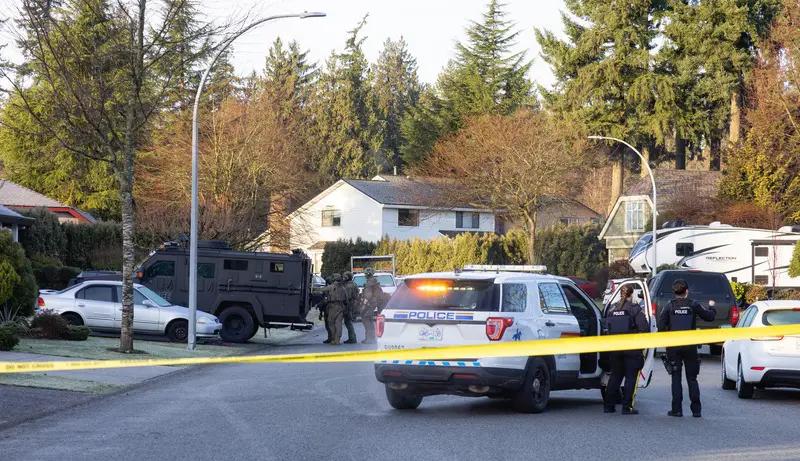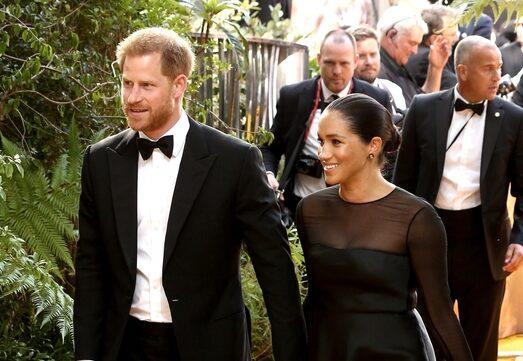Outdoor recreation is more than just a pastime. For urban communities, it's a vital driver of both economic growth and public health improvements. Amidst concrete jungles, parks and recreational spaces serve as gems that offer people a chance to unwind and stay physically active. These spaces are not just for leisure; they are essential infrastructure that supports healthier and more vibrant communities.
A surge in the demand for outdoor activities has been noticed since the pandemic. Studies, such as those from [Oregon State University](https://oregonlive.com/health/2025/06/new-research-shows-access-to-outdoor-recreation-is-a-public-health-necessity.html), highlight how these spaces have significantly bolstered mental health during stressful times. Evidence suggests that when people engage in activities like walking and gardening, their mental well-being improves, underscoring the importance of parks and green trails as sanctuary spaces for the psyche during crises[1].
Economically, the impact of outdoor recreation is undeniable. Utah's recent investments in over 142 projects across all counties are a testament to this. The state recognizes these projects as catalysts for economic prosperity, providing jobs and revitalizing local economies[2]. By enhancing access to trails and park facilities, communities are seeing a rise in employment and an influx of tourists. Each grant, whether for trail maintenance or park improvements, means more local engagement and economic exchange.
The health benefits further extend to specific demographics, particularly older adults in urban settings. Research published in [Frontiers in Public Health](https://www.frontiersin.org/journals/public-health/articles/10.3389/fpubh.2025.1601102/full) outlines how green spaces in care communities reduce chronic disease incidence and promote greater social interaction among seniors. This reduces the healthcare burden and enhances life quality by keeping the elderly more active and less isolated.
Urban planners are picking up the mantle, integrating such green spaces into city designs more thoughtfully. The Centers for Disease Control and Prevention (CDC) emphasizes community design that supports safe physical activity by promoting accessible parks and recreation areas[3]. They advocate for equitable distribution of these spaces, making it a point that every urban dweller should have a park within easy reach.
In essence, outdoor recreation isn't just about exercise or amusement. It's an indispensable pillar for communities, fostering economic stability and public health. As cities evolve, so should their commitment to expanding and nurturing these green spaces, ensuring they serve all residents. As projected trends continue, urban parks are set to remain pivotal in crafting resilient and thriving urban societies.
References:
1. Oregon State University
2. Utah Division of Outdoor Recreation
3. CDC - Parks, Recreation, and Green Spaces"







